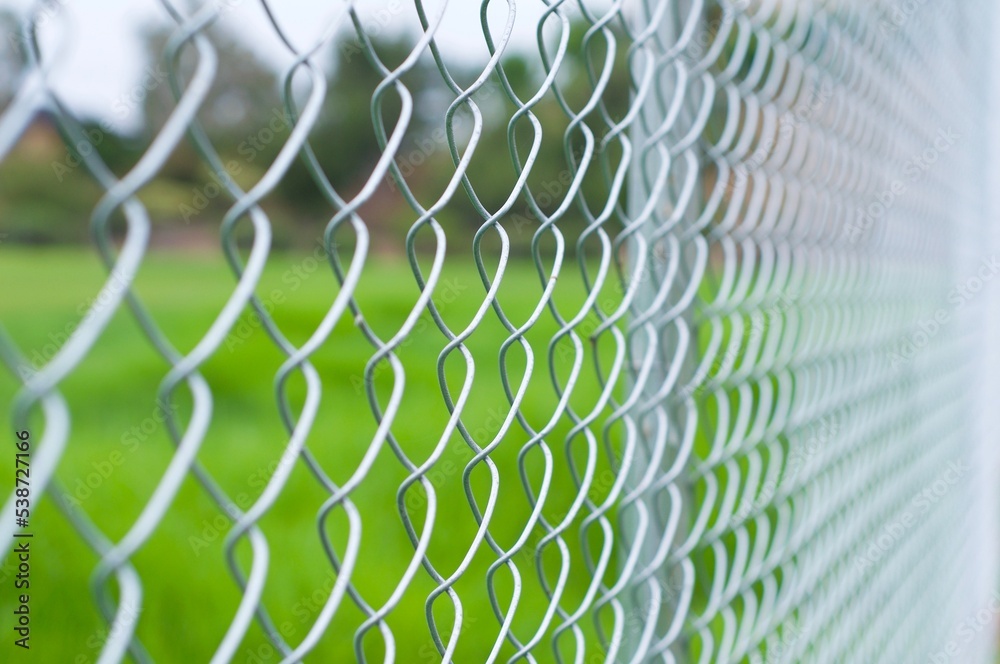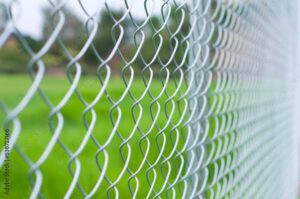A fence company installs fencing for residential and commercial clients. They service clients in the region and also manage projects at several sports complexes.
Check a fence company’s reputation before hiring them for a job. Avoid companies that insist on only accepting cash payments because this could signal they aren’t a legitimate business. Click here at https://rcfence1.com/ to talk to a professional fence company.
 Business Registration
Business Registration
A fence company offers a service that can add value to a customer’s home or business. These services can range from installation to repairs and even removal. Customers can choose from a wide variety of fencing materials and styles. The key to success in this business is finding a niche, creating a strong marketing plan, and providing superior customer service.
Before starting a fence company, you need to register it as a legal entity. This process protects your assets from any legal troubles that may arise in the future. You can choose from several types of entities, including a sole proprietorship, general partnership, limited liability company (LLC), or corporation. The type of legal structure you choose will determine your taxes and liabilities, so be sure to research the options carefully.
You’ll also need to acquire the appropriate permits, licenses, insurance, and other documentation to start your fence company. Without these documents, you could face hefty fines or closure of your business. It’s a good idea to talk with an attorney or a consultant about what is required for your state or region.
Once you’ve registered your business, you need to figure out who your target market is. Your ideal clientele might include homeowners, businesses, construction companies, real estate developers, and farmers. You can start your fence business by focusing on one type of fencing, and then expand your service offerings as your clients’ needs change.
Another way to get started is by buying an existing fencing contractor business. This option can save you time and money, but be sure to perform a due diligence investigation before making the purchase. You should also consider whether or not the existing owner will be willing to train you and help you grow the business.
The next step is to write a business plan. This document will help you identify your goals, target customers, and stand out from competitors. It will also help you create a strategy to increase your sales and profitability. A business plan is especially important if you are trying to get startup capital from an investor.
Business License
Fencing companies provide a variety of services, including the construction and installation of residential, commercial, and industrial fences. These companies can also install custom gates and provide landscaping and grounds maintenance services. They can be found in several different industries, including real estate developers, property management firms, farmers, and government agencies.
Before starting a fencing business, entrepreneurs should research local and state laws to determine the type of licenses required for their businesses. These licenses can range from a contractor’s license to a business tax license. Those who are unsure about the types of licenses needed for their business should speak with an experienced lawyer.
During the planning phase, the founders of a fencing company should come up with a unique name for their business and register it online. They should also check if the name is available as a domain and secure it so that no one else can use it. Next, they should decide on a marketing strategy for their business. They can use social media to promote their business and attract customers, or they can invest in traditional advertising methods like television and radio ads.
The founders of a fencing business should create a website to provide information about their company and its services. They should also include a contact page so that potential customers can reach out to the company. They should also write a unique selling proposition, which is a short statement that defines their business and distinguishes it from the competition.
A fencing company should register for taxes before starting operations. This will help them avoid legal trouble and ensure that they are upholding their community’s standards. They should also register for a contractor’s license, which will confirm that they are following the construction and safety regulations of their city or town.
Entrepreneurs should also set up a bank account for their business and obtain an employer identification number (EIN). They can do this by visiting their local small business administration office or searching online. This will make it easier for them to file taxes. In addition, they should research local and state regulations to find out what types of fees are required. They should also establish a legal business structure such as a partnership, LLC, or corporation to protect themselves from personal liability.
Business Taxes
Starting a fence company requires a lot of money. You’ll need to invest in the right equipment, and materials, and apply for the proper permits and licenses. You’ll also need to get business insurance. To protect yourself from financial losses, consider setting up your fencing business as a limited liability corporation (LLC). This will ensure that any damages you incur are paid by the assets of your company.
Depending on the location of your fencing business, you may be required to register for state and local taxes. The best way to minimize tax liabilities is to incorporate your fence business in a state with low business taxes. This will save you a lot of money in the long run.
Another benefit of incorporating your fencing business is that it can help you build credibility and gain consumer trust. It will also improve your chances of securing loans and grants for your business. In addition, incorporating your fence company will protect you from personal liability and allow you to take advantage of tax deductions for business expenses.
When hiring employees for your fence company, be sure to post job listings on online job boards and local newspapers. This will help you find qualified candidates who are interested in joining your team. Once you’ve found a candidate, schedule interviews with them and ask thoughtful questions. Make an offer to the top candidate, then onboard and train them to start work.
To ensure that you are meeting all the legal requirements for your fencing business, consult a lawyer who specializes in small businesses. He or she will be able to help you understand the different taxes and licensing requirements. He or she can also advise you on how to set up your business entity.
A good fence construction company should have a high-quality website that provides detailed information on its services and features. It should also have a blog that discusses industry news and trends. Finally, it should have a contact page for potential customers to request quotes and book appointments. The website should also be easy to navigate and contain all the necessary contact information, including phone numbers and email addresses.
Insurance
Whether you own a traditional brick-and-mortar fence company or an online insurer, you’ll need insurance to protect your business from unexpected events. A few of the most important policies for fence companies include general liability, commercial property coverage, and business interruption coverage.
Commercial property coverage protects your business’ equipment and other physical assets from risks, like fire, weather damage, and vandalism. It can also help pay for your business to rebuild after a disaster. It’s a must-have for any small business.
Your employees and customers may be injured on the job site, so you’ll need workers’ compensation insurance. It pays for medical expenses and lost wages if your employee is hurt while working on the job. Fence installation is a dangerous job, and it’s not uncommon for people to trip over wire or get cut by power tools. If a third party is injured by your fencing materials, the products-liability portion of your general liability policy might cover their treatment costs.
A car can crash into a fence, and the owner of the vehicle will likely file a claim with their homeowners or renters insurance for damages. However, if you have a fence company near roadways, you can protect yourself by adding on property damage liability coverage to your business auto insurance policy. This part of your policy will cover the cost to repair or replace your fence if a driver is found at fault for hitting it.
Since you and your employees will travel to customer sites to install their new fences, you’ll need a commercial auto policy. This type of policy will protect your fencing contractor business vehicles from collision and non-collision risks, such as theft, fire, or vandalism. It will also pay for your business to continue operating during a loss and cover regular operating expenses, such as wages.
Having the right insurance for a fence company is crucial to your success. You can easily purchase your business insurance online with a streamlined process, without ever talking to an agent. You can also access self-service features to pay your premiums, add insured, and make a claim.



